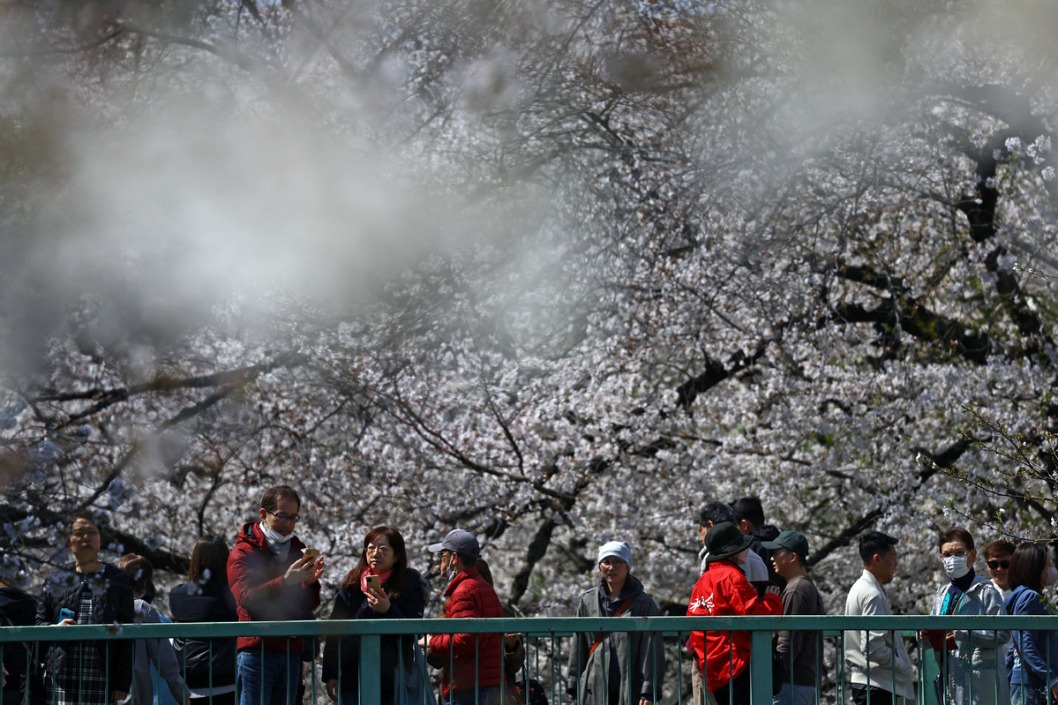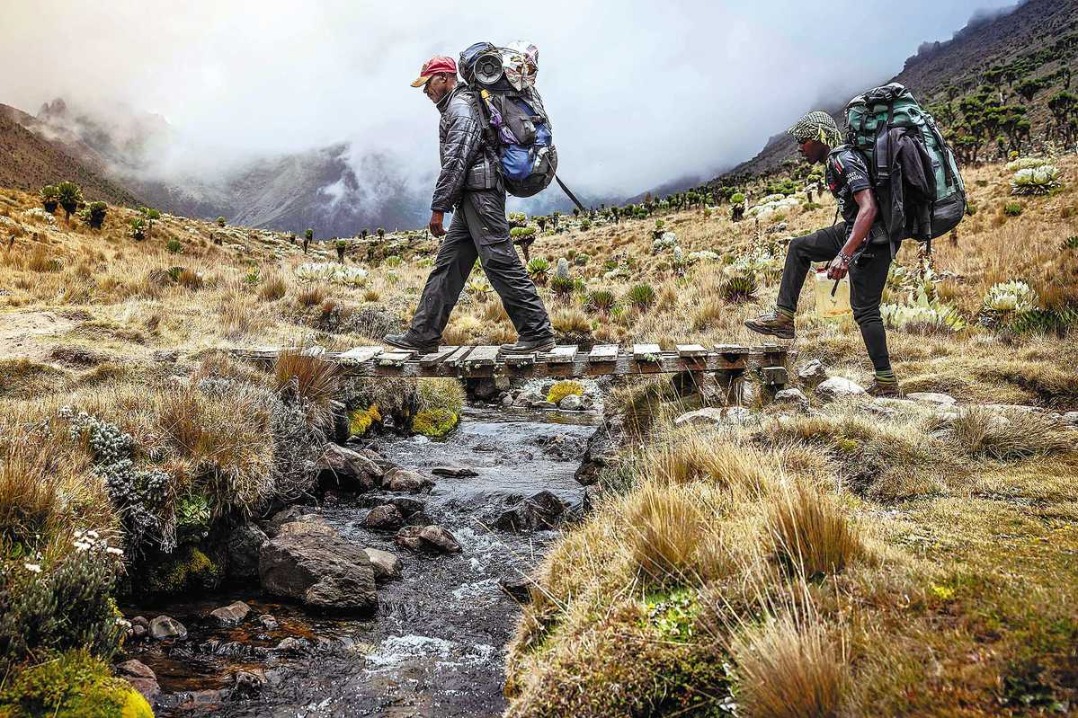Cooperation shining brightly


Huge potential
Long Wen, president of the China-ASEAN Chamber of Agricultural Commerce, says there is huge potential for even greater agricultural cooperation between the two sides.
China has advanced agricultural production technology, high-quality products, and an abundant supply of agricultural materials, he says. Within the ASEAN countries, Long says, there is great potential demand for what China produces, and their agricultural products also enjoy strong market demand in China.
Reflecting this demand, Guangxi in 2020 selected 30 crop varieties in an agricultural and fishery cooperation demonstration zone in Malaysia.
Guangxi has also pursued the implementation of 22 projects relating to agricultural opening-up and cooperation pilot zones, exporting more than 750 new varieties of vegetables and rice to ASEAN countries such as Vietnam, Laos and Brunei.
So far, Guangxi has established 12 agricultural science and technology parks with ASEAN countries, including the China-Vietnam Border Agricultural Science and Technology Corridor, the China-Laos Cooperative Agricultural Science and Technology Demonstration Base, and the China (Guangxi)-Cambodia (Siem Reap) Agricultural Science and Technology Demonstration Park.
As for the pearl sector, efforts by the likes of Shi Chengkai to expand production and research links with peers abroad are helping to save the industry itself.
China established its first pearl cultivation operation in 1961, in the Beibu Gulf, in the northwestern reaches of the South China Sea. It was set up to boost pearl production in China.
But, in the wake of reclamation works beginning in 2004 for port construction, the sea became polluted. The fortunes of the seawater pearl sector there have since waned.
Meanwhile, the excessive expansion of breeding areas placed too much strain on the environment, causing the deterioration of the aquaculture area. Super-density farming has also led to a sustained decline in the quality of pearl oysters.
After rounds of investigations, a team of governors, experts and local pearl farmers decided to adopt a series of comprehensive strategies to address the issue-to find a better environment for pearl cultivation.
Shi says that Semporna, on the east coast of Sabah, has clear seawater, rich marine biodiversity, and a suitable coral ecology, and that mix makes it "an excellent place for pearl oyster to grow".
He says the cooperation efforts could lead to the separation of breeding and processing, promoting the internationalization of the Southern pearl. In doing so, a sustainable development path will open up for the revitalization of enterprises built around the Southern pearl.
"We must protect our natural resources and ecology so that our future generations can have sustainable and better development," says Shi, who is the second generation in his family to engage in pearl cultivation technology.
Vincent Martin, former representative of the United Nations' Food and Agriculture Organization in China and the Democratic People's Republic of Korea, says the China-proposed BRI has provided immense opportunities for countries and regions to achieve sustainable agricultural development.
"China also changed its agriculture pattern toward more sustainable practices through a series of measures from policy reform, implementation of new technologies, and researches in agriculture, which is important not only for China but for the rest of the world," he says.
Martin and Shi are reading from the same page. Shi hopes the cooperation project in which he is involved will transform the local labor force, as it draws on the resources of the Malaysian university to nurture more professional and technical talent.
In this way, he says, it can accelerate the internationalization of pearl cultivation standards, including for colored pearls.
"I also hope to establish a China-Malaysia industrial park, where some of the technological transformation achievements can be introduced," he says.































